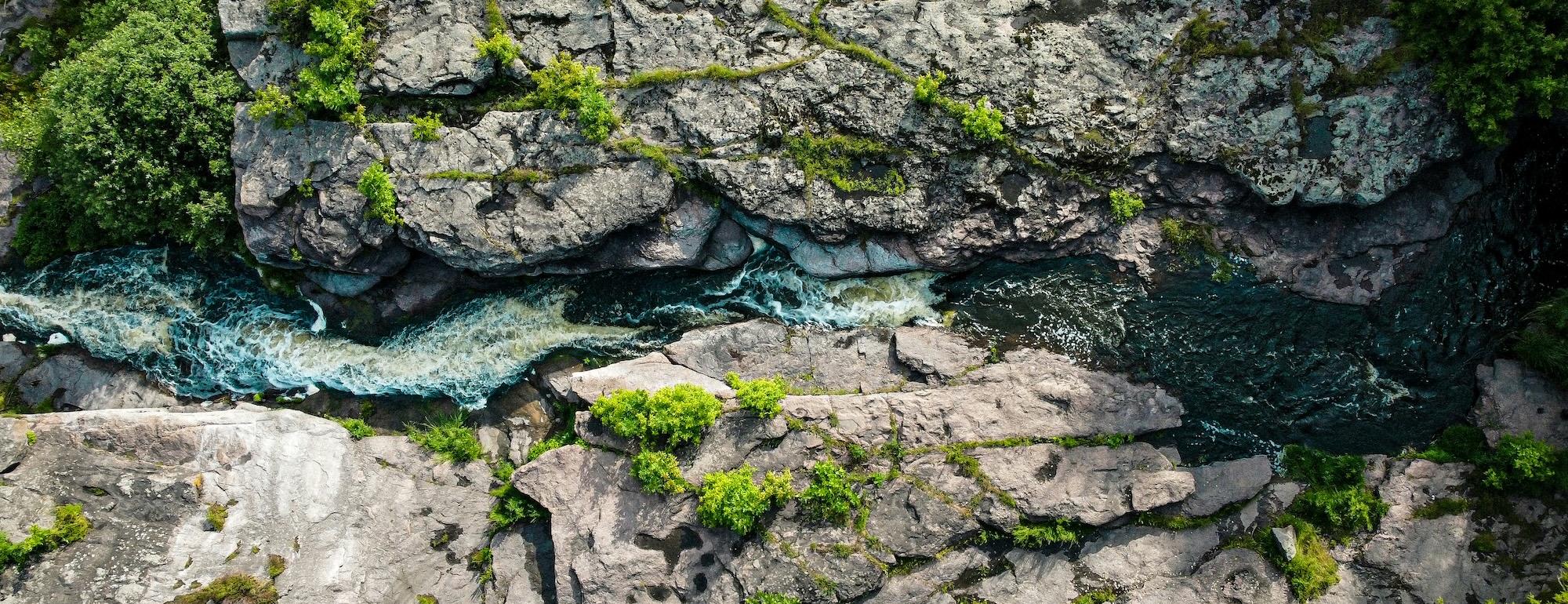Aquatic heatwaves represent extreme warm water temperature events that can alter biogeochemistry, result in thermal or metabolic stress and mortality for aquatic organisms and may also be linked to toxic algal blooms. Recently, the first nationwide synthesis of riverine heat waves documented that the occurrence of riverine heatwaves has increased, generally, over the past two decades, but also found that heatwave trends varied with stream order, and that heatwaves were less common below dams than above them or in undammed rivers. Increases in the frequency, duration, and severity of riverine heatwaves are likely consequences of climate change, but information gaps limit opportunities to mitigate or adapt management to increasing riverine heatwaves in California and throughout the western United States. For example, we do not understand spatiotemporal patterns of riverine heatwaves, how they propagate spatially through river networks, and whether they are related to wildfire–another extreme event increasing with climate change. This project synthesizes water temperature and wildfire data from rivers across the western United States to characterize spatiotemporal patterns of riverine heatwaves and how they might be affected by wildfire.
Spatiotemporal patterns of aquatic heatwaves in western US rivers
Collaborators
Jonathan Walter (Project Contact)
Steve Sadro
Adrianne Smits
Sarah Null
Curtis Gray
Spencer Tassone
Project Description
Project Status
Active

